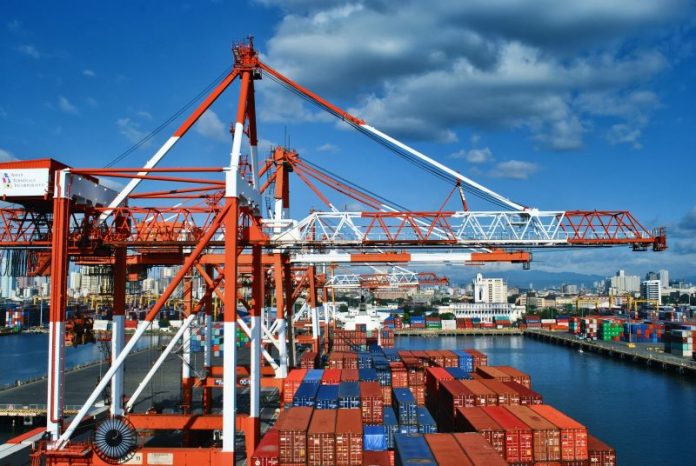Vessel and port congestion levels in 2021 so far have been unprecedented, significantly impacting capacity in the Container and Bulker sectors and disrupting global supply chains.
Global shipping congestion in 2021 has been profound in many ways. From Covid-19 related port disruptions, the continuation of the China/Australia Trade war causing long term delays off Chinese ports, to the ramifications of the Suez Canal blockage in March. Port congestion is yet to let up as we approach the middle of the fourth quarter in the lead up to Christmas.
It is no surprise that shipowners and operators are anxious at the prospect of a vessel being caught in congestion, as delays to the movements of goods can often be costly and disruptive. With a total of 2,366,401 TEU (10% of the live Container fleet) and 181,635,500 DWT (20% of the live Bulker fleet) currently waiting globally, congestion is a major factor influencing vessel availability and rates, as global economies continue to recover this year in the wake of the pandemic. VesselsValue Trade and AIS data allows us to examine some of the major congestion events that have happened so far in 2021 and assess the potential impact as 2022 fast approaches.
There have been several stand out events so far this year that have resulted in shipping sectors becoming subject to congestion. Some were relatively short lived, such as the disruption from the Suez Canal blockage, others have been more prolonged, such as the China/Australia coal ban which has spanned over a year. As with many industries, Covid-19 has also had pronounced impacts on shipping congestion globally so far this year.
After the Container sector came to almost a standstill last summer, pent up consumer demand and stimulus spending implemented in some economies caused a resurgence in the need for Container shipping globally, at a fast pace. Asian Container terminals have battled with ongoing Covid-19 restrictions, limiting the flow of exports at times, and import hubs have been forced to quickly react to levels of congestion never seen before.
Port congestion has not only played a part in influencing vessel rates but has also had knock on impacts further down supply chains, as transportation links struggle to keep up with bottlenecks and throughput.
It may be that we see a lull in demand in the New Year, with the Christmas period ending and Chinese New Year. This could ease congestion slightly, although with the high number of vessels still waiting, it’s likely the backlog of vessels will extend at least into the second quarter of 2022. With a reduction in available capacity on the water and staggering numbers of newbuild orders this year (570% higher than orders in 2019), we have seen Container rates climb to record highs, with current congestion supporting the incline.
Source: www.hellenicshippingnews.com




































